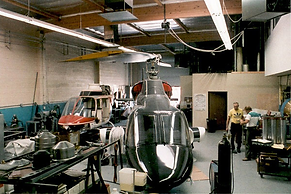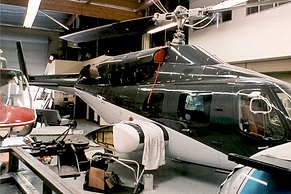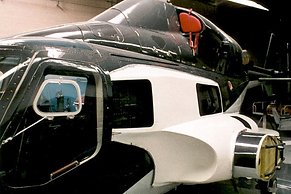
In September 1983 Patterson Enterprises hired, Pierre Jordan, to supervise the build at Universal. Pierre also was in charge of most of the components used in the guns and ADF pod too. Patterson's key role was installation of the parts using all the approved FAA aircraft hardware, testing, etc.
The helicopter arrived with a traditional striped paint scheme - one of three available from the factor McKernan remembered, "It was an ivory color with a darker brown stripe and a lighter brown stripe, earthy colors." It was delivered in IFR Executive configuration with registration number N3176S, although after painting, the number would not be displayed externally. Besides the new paint job, however, several steps were necessary before Airwolf would be ready to take flight. First, a series of external parts would need to be fashioned and affixed without drastically altering the basic flight dynamics of the underlying aircraft.
Then, the new aircraft configuration would need to be rigorously flight tested to assure airworthiness. All the while, the FAA would need to issue a special certificates, allowing for the modifications, testing and special use of the aircraft for filming. The most important decision involved just who would supervise the airframe modifications. Fresh on the heels of a fatal helicopter tragedy on the set of "Twilight Zone: The Movie" (1982) which cast doubt upon the role of helicopters in close proximity to actors, the studio and production company were under intense pressure to ensure that Airwolf, which would fly stunts in every weekly episode, was created and certified "by the book." Compounding the need to go slow and steady with design and construction, the featured helicopter in another high-profile production, "Blue Thunder," had recently been flown for the cameras despite poor aerodynamic design. Art Director Gary Lee recalled of the problem. "On 'Blue Thunder' the made mistakes. They didn't go through the FAA and they flew the helicopter too soon. The pissed off a lot of people." Indeed, the production company that requisitioned the Blue Thunder helicopter flew it on-screen with noticeable problems, including a heavy nose gun attachment that significantly altered the helicopter's center of gravity. Lee recalled, "One of their mistakes is that they put an appendage on the front of the helicopter that caused the helicopter to be so nose heavy that whenever you saw the Blue Thunder, it was always on an angle. It literally couldn't lift its own nose." And as a pilot, McKernan viewed Blue Thunder as unsafe to fly. "I wouldn't get in that one. Not in the Blue Thunder helicopter. That was aerodynamically imperfect." Of "Blue Thunder's" poor planning, Lee continued to explain, "We didn't want to do that, because as soon as the FAA heard another helicopter show was coming down they were all ready with it. So we just didn't do it that way. We did it all up-front - involved the FAA to begin with and went to a company that was at the other end of the airport to actually do all the building." That company was Patterson Enterprises, founded by Tom Patterson.
Associate Producer Leon Ortiz-Gil recalled "It was a real big deal because it had to be approved safety-wise. None of those parts could have the potential of flying off and hitting the rotor, causing an accident. It was monumental. The show was monumental. Most people think, 'There's a helicopter and that's it.' But the preparation to put those pieces in was a real big deal. It went on for months." The job involved coordination among the "AIrwolf" art department, Jetcopters, the FAA and Patterson's shop in cooperation with a Designated Engineering Representative (DER) that was hired by the studio. Gary Lee recalled that he and Production Designer Charles Davis visited frequently when the helicopter was being built. "We were out there every three days taking a look at what they were doing. We worked closely with Patterson because they were in charge of the helicopter being done." McKernan, Sr. explained that before the work could begin, a permit was needed, "We had to get approval from the FAA for 337, which is an addition to the aircraft." In fact, as live-action miniatures' expert Pete Slagle explained, permits were required every step of the way. "The FAA was inspecting this thing; each time there was a change, it had to be approved, certified for flight."
The Wolf’s Lair Magazine, issue 3
Clark Van Hoton











